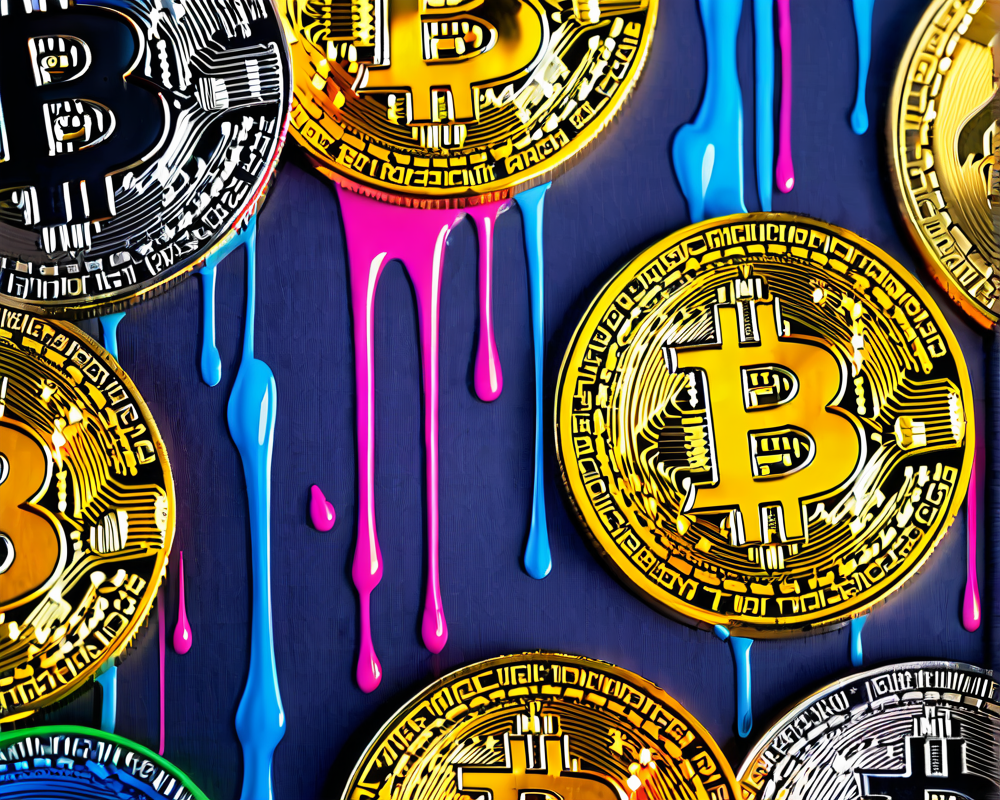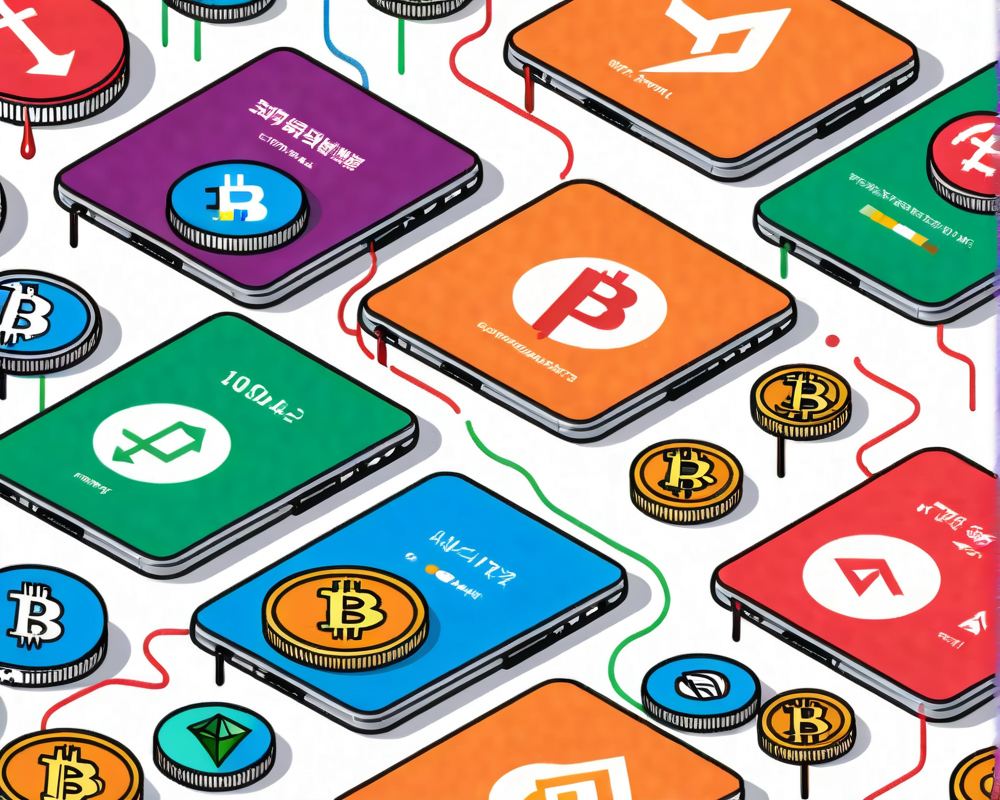The Rise of DeFi
Decentralized Finance, fondly termed DeFi, is the latest trend in the world of blockchain technology, boasting an impressive $237 billion tucked away in various DeFi projects as of early 2022. It’s like the rebellious cousin of traditional finance, except it has its own set of rules—no parents (or banks) to dictate behavior.
DeFi Fundamentals: What Makes It Tick?
At its core, DeFi is a grand experiment in creating a financial ecosystem where transactions happen directly between peers, sans the meddling of intermediaries. Think of it as a potluck dinner where everyone brings a dish and the only rule is to share.
- DApps: Decentralized applications like Uniswap and Aave are the tasty offerings on the DeFi buffet, enabling things like currency exchange, lending, and even borrowing without a centralized institution.
- Smart Contracts: These little pieces of magic (code) automate the whole process. Imagine them as the diligent waitstaff ensuring every guest gets their meal according to their order—no mistakes!
- Liquidity Incentives: Users who provide liquidity can earn a slice of transaction fees—better than a tip, I say!
Facing The Risks: What Could Go Wrong?
While the power of DeFi is alluring, it’s also accompanied by risks that might make your head spin. Let’s break it down:
- Technological Risks: Think of 51% attacks and cyber mishaps that can make the best of us break out into a cold sweat. Also, there are those pesky flash loans that could manipulate token prices like a magician pulling a rabbit out of a hat—but leaving you with the hat.
- Financial Risks: The crypto market is known for its wild swings. One moment you’re cruising on cloud nine; the next, you’re in a full-blown bank run simulation. Beware of rug pulls, where malicious developers might ghost you faster than your last Tinder match.
- Regulatory Risks: Regulators are eyeing DeFi like hawks watching a field mouse. With peer-to-peer transactions being mostly anonymous, getting caught in this web could spell trouble.
Dancing With Regulators: The New Norm
As regulators try to catch up with the whirlwind that is DeFi, they’re not approaching it without their own set of hurdles. The Financial Action Task Force (FATF) introduced a new guideline that might make some DeFi enthusiasts raise an eyebrow—a certification exam for decentralized operators. yikes!
They’ve proposed tests to gauge whether a DeFi operator’s control leans more toward centralized than decentralized. No pressure!
The European Take: MiCA Regulation
Across the pond, the European Council is working on the Markets in Crypto Assets (MiCA) regulation that could reshape how DeFi operates in Europe. It aims to create a centralized approach for something that thrives on decentralization. Talk about an awkward family reunion!
Without addressing the natural decentralized vibe of these platforms, we might just end up with hoops to jump through instead of a system that encourages innovation and growth.
Future Outlook: Navigating Uncharted Waters
Investors and developers alike must stay sharp—multiple factors can influence just how well DeFi can stand up in light of increasing regulation. Cultivating transparency is key, while understanding the risks is fundamental. Just as you wouldn’t jump into a pool without checking the water level first, so too should you dive into DeFi.
This DeFi saga continues, and for those brave enough to ride the wave, it’s crucial to stay informed and adaptable to changes. Here’s hoping the decentralized dream stays alive—and maybe, just maybe, we’ll all have our cake and eat it too!




